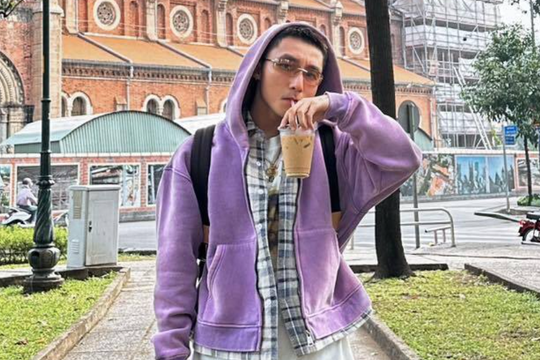How dangerous is drinking coffee mixed with battery powder?
Regarding the 3 tons of coffee dyed black with battery powder that were recently discovered, experts said that this type of coffee greatly affects the health of drinkers.
 |
| Illustration photo |
MSc. Hoang Trong Phu, lecturer of the Chemistry Department at the University of Natural Sciences, Ho Chi Minh City, said that in the process of creating a dry cell battery like the Con O battery, the manufacturer must use a dark brown compound of manganese dioxide (MnO2) surrounding a graphite core that is conductive to act as an electrolyte to release electricity to the battery core. Using a coffee-dyed battery core will more or less cause manganese dioxide to enter the user's body, negatively affecting the nervous system.
When mixing batteries with sugar and hot water in coffee, manganese dioxide will be converted into the ion form Mn2+, quickly entering the blood. People who drink large amounts of this manganese will be affected by the nervous system.
When the liver cannot eliminate the excess manganese in the body, the drinker will experience some symptoms similar to Parkinson's disease, mild headaches, drowsiness but unable to sleep, severe memory loss, slurred speech, reduced mobility, unsteady walking... In addition, it also affects the circulatory system, heart muscle, coronary arteries, aorta, causing damage to the liver, kidneys...
Manganese is particularly harmful to young children and pregnant women. Therefore, health experts recommend that pregnant women and young children should not be exposed to water contaminated with manganese.
Previously, on April 16, the Environmental Police force of Dak Nong Provincial Police coordinated with the Inspectorate of the Department of Agriculture and Rural Development of the province to raid the coffee powder processing facility of Ms. Nguyen Thi Loan's family (residing in Hamlet 13, Dak Wer Commune, Dak R'lap District).
 |
| Authorities discovered a facility dyeing coffee with battery powder. |
Through initial inspection, the authorities seized 2 pots containing crushed Con O batteries (about 35kg), 1 bucket containing black water (about 10kg) dissolved with batteries, 12 tons of ground coffee that the owner of the facility had dyed black with batteries and was preparing to be packaged, along with many machines and items related to the production of dirty coffee.
According to initial statements, Ms. Loan said that her facility has been operating for many years. She asked people to buy back all kinds of waste coffee, coffee husks, broken coffee, etc. from agents and then bought flattened batteries, mixed the black powder of the batteries with water and then dyed it with coffee.
Ms. Loan confessed that after the coffee was dyed, the facility roasted, ground, and packaged it for sale on the market. Since the beginning of 2018, her facility has sold more than 3 tons of dirty coffee that had been dyed black with batteries as above.





